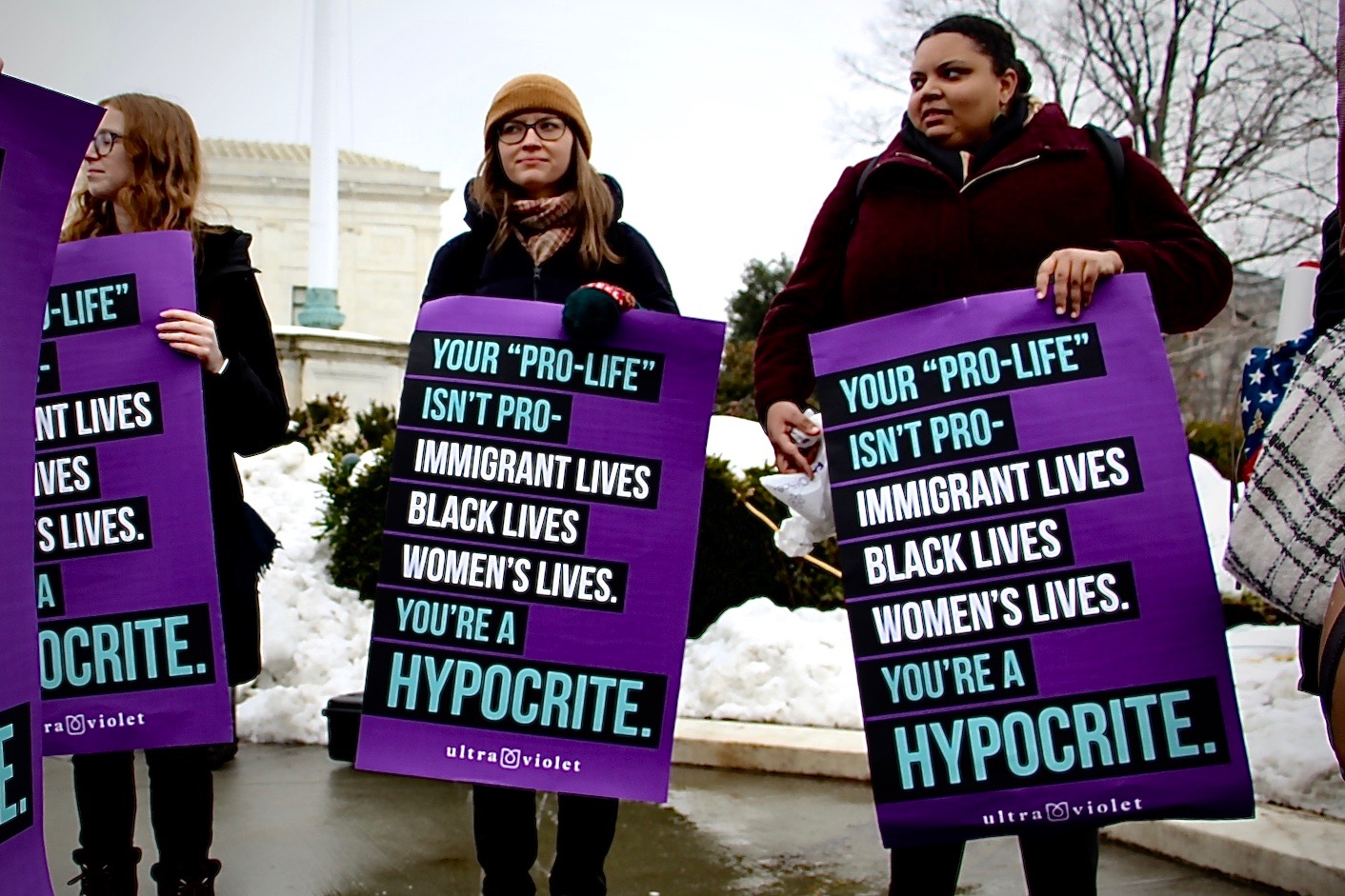
A guest post by Dr. Savita Ginde
We are in an era where stories, both fake and true, are coming out every day and presented with such confidence that it is difficult to separate truth from fact. Even when it feels as if reproductive health is under attack from every direction, we continue to witness some shining moments, like Stacey Abrams’ State of the Union rebuttal and the stay granted by the U.S. Supreme Court. But before we can celebrate these feats, it is necessary to understand why they were needed in the first place.
Last week, on Tuesday night, President Trump spoke to the country during his State of the Union. Most of his talking points were benign, even heartening at times, as he addressed our need for unity and a plan to rid the U.S. of HIV. However, during his speech, right after proposing a much-needed national paid family leave plan, he transitioned into an attack on a recently passed New York law and a similar Virginia bill that would remove some restrictions on second and third-term abortions, claiming that these pieces of legislation would “allow a baby to be ripped from the mother’s womb moments before birth.” Misstatements made by Virginia delegate Tran and Virginia’s Governor fueled this rhetoric even further, and facts have now been misconstrued rather than corrected. True Supporters of reproductive rights and justice do not promote or support infanticide. Period.
To say that “a baby [is] ripped from the mother’s womb” is an utter misrepresentation that evokes negative emotions and shuts down true dialogue. This statement was quite frankly a disservice to the American people. After providing his statements and opinion about these laws, President Trump turned and made a very deliberate nod to VP Mike Pence. I interpreted this nod as President Trump showing his support of the deep religious convictions of Mr. Pence. I respect Mr. Pence’s belief; but not everyone has the same beliefs. I don’t want his religious beliefs placed on me, nor are his beliefs reflective of what population health data shows. We have bypassed our common ground of compassion and respect for each other and have devolved into using dehumanizing rhetoric.
In reality, the laws that Trump was referring to intend to protect patients’ health and remove the unnecessary barriers surrounding abortion care. Second and third-term abortions, such as the ones in question, rarely happen. Pregnancies terminated after 24 weeks are few and far between and occur when a mother’s life is in danger or the fetus is not viable.
After the SOTU, Georgia’s Stacey Abrams gave a response centered around reproductive justice.
Far too often, people are led to believe that “reproductive rights” are synonymous with “reproductive justice.” This is not the case. Whereas reproductive rights are centered around advocating on behalf of abortion rights, the reproductive justice framework uses an intersectional lens to dive much deeper into the topic, and includes access to both safe abortion, accurate sexual education, and reliable contraception as some of its foundational components.
When Stacey Abrams mentioned reproductive justice, it became a reminder that we need to approach the quest for bodily autonomy by looking at the social, political, and economic inequalities that create barriers to accessing safe abortion, sexual education, and reliable contraception. It was also a call to action to support the individuals and groups that are already doing this work. If the highs and lows of last week indicate anything, it is how much we need to better understand, engage in and support the reproductive justice movement.
